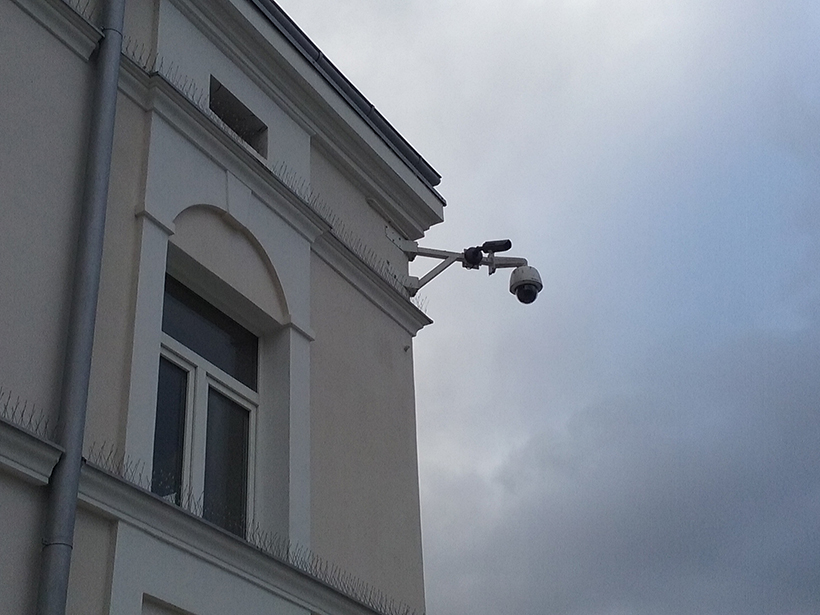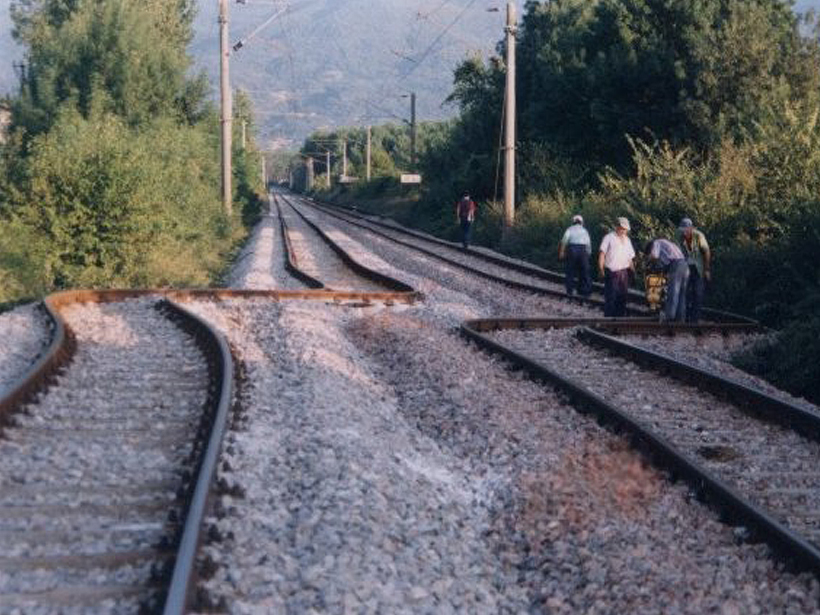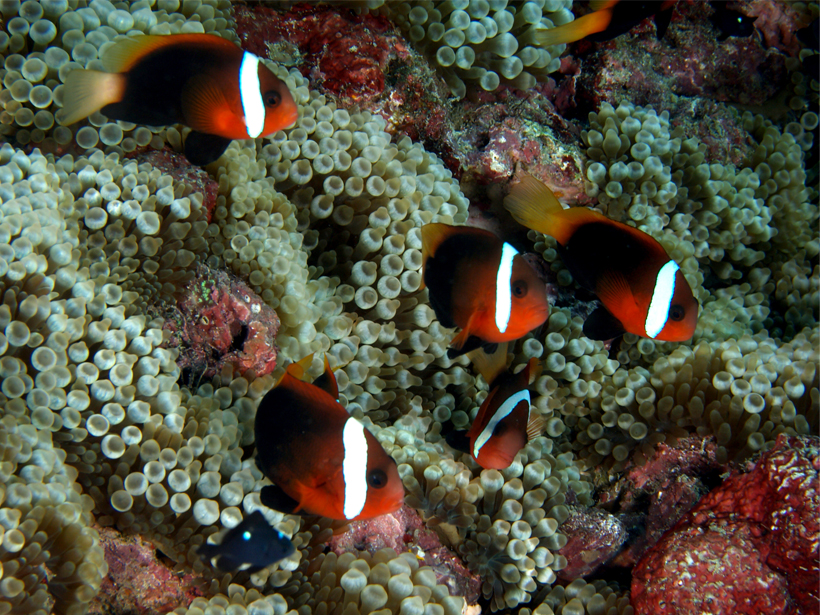The tule fog in California’s Central Valley is notorious for causing delays and accidents throughout the region; however, a decrease in air pollutants is reducing the fog’s frequency.
Hazards & Disasters
Space Is Polluted by Junk…and It’s Getting Worse
The major shift from state to commercial space programs, as well as a sharp rise in the number of upcoming launches, raises concerns about our efforts to manage the problem.
Extreme Precipitation Expected to Increase with Warming Planet
A new analysis indicates that the frequency and magnitude of extreme precipitation events are expected to increase as Earth continues to warm.
Ordinary Security Cameras Could Keep an Eye on Rainfall
A new opportunistic sensing strategy could use existing closed-circuit television networks to accurately capture rainfall intensity, despite low-cost equipment and visually complex scenes.
Role of Humans in Past Hurricane Potential Intensity Is Unclear
In recent decades, there have been more intense North Atlantic hurricanes. A new study compares climate models to see whether they can attribute increasing potential intensity to human activity.
Variations in Creep Along One of Earth’s Most Active Faults
Satellite-based radar images of motion along Turkey’s North Anatolian Fault are helping scientists understand when, where, and how creep occurs and its implications for seismic hazard.
Eruption in El Salvador Was One of the Holocene’s Largest
Roughly 1,500 years ago, the Tierra Blanca Joven eruption blanketed Central America in ash and likely displaced Maya settlements, new research shows.
Déjà Vu: Understanding Subduction Zones’ Cycle of Seismicity
A unique geodetic data set from Japan’s Nankai subduction zone offers an unparalleled opportunity to study surface deformation spanning almost an entire seismic cycle.
Damselfish in Distress?
Noise pollution may be changing how some species of fish develop.
Modeling Tsunamis with Social Media
Video footage gathered from social media is used to reconstruct the timing and likely source(s) of the tsunami generated by the 2018 Palu earthquake.










